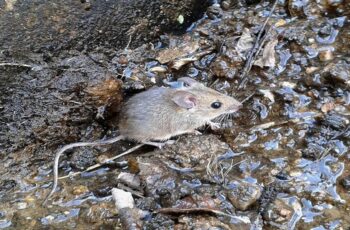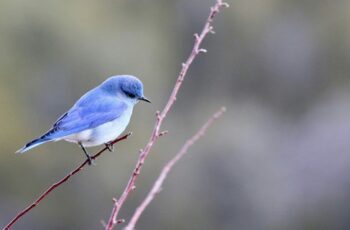Ad Blocker Detected
Our website is made possible by displaying online advertisements to our visitors. Please consider supporting us by disabling your ad blocker.
Lavender can be freshly harvested in the midst of summer. The aromatic flowers serve splendidly in arrangements or can be fashioned into petite bundles for suspended air fresheners. As the blooms gradually lose their vibrancy, it’s advisable to trim them back, irrespective of whether you’re planning to harvest them or not.
A number of lavender plants can initiate a second flowering phase if the spent blooms are pruned away. Trimming back the older bloom stems also aids the plant in preserving energy not only for forthcoming bloom cycles but also for winter preparation.
Pruning
During the initial year, grant newly planted lavender the freedom to grow unimpeded, aiding in the establishment of robust upper growth and a resilient root system. As the lavender plant matures, it develops a sturdier base. After the initial years of growth, annual spring pruning can stimulate fresh growth and heightened blooming.
For optimal outcomes, prune the upper quarter to one-third of the prior year’s growth, promoting more vigorous blooming. Here’s to incorporating the enchantment of lavender into your landscape!

